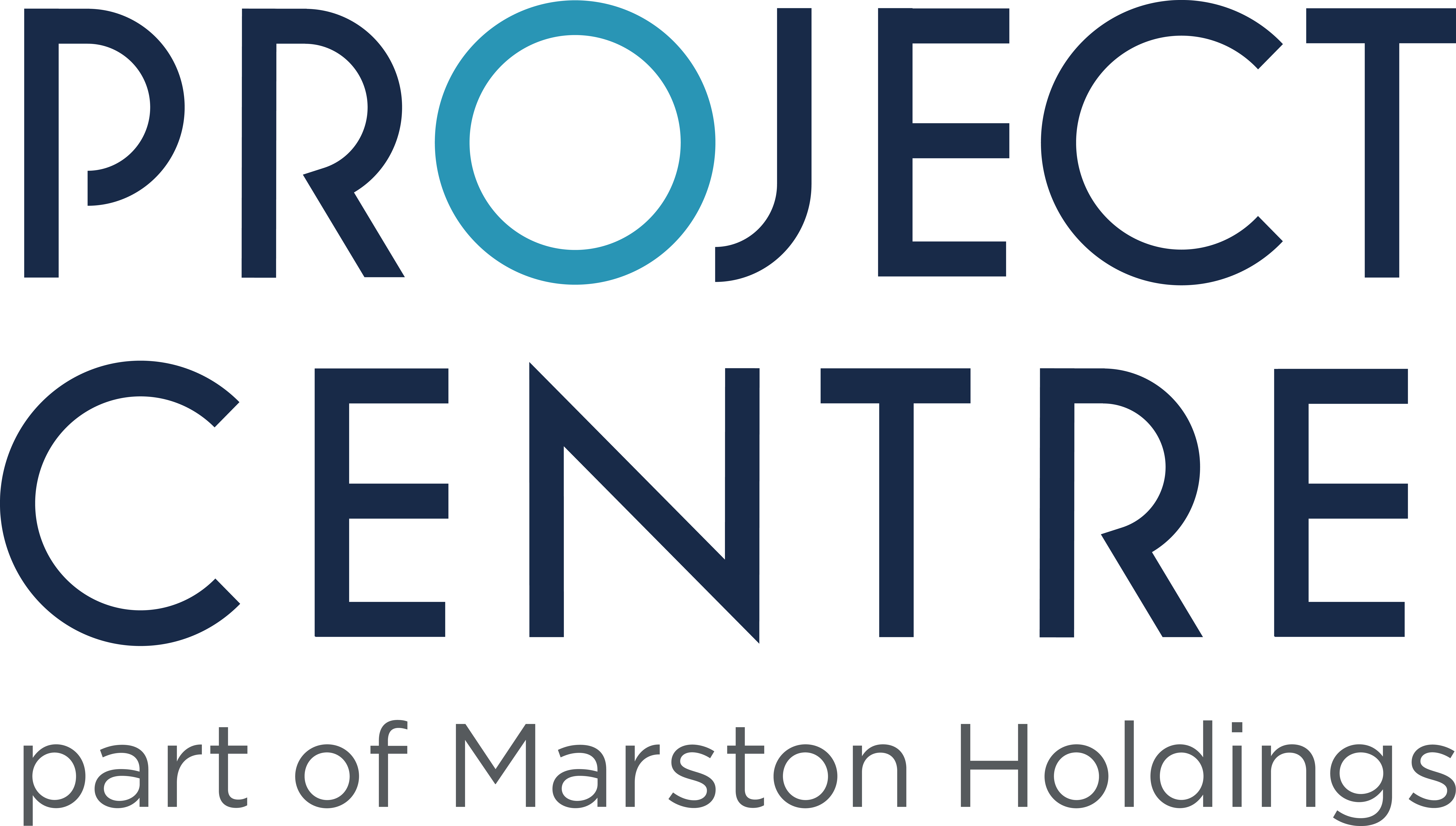Meeting Scotland’s Net Zero targets by 2045 presents significant challenges, especially in the transport sector. A 2021 report commissioned by Transport Scotland analysed seven policy scenarios, identifying that only one (PS3) could successfully meet these ambitious targets.
However, progress has been slow. Vehicle efficiency gains have been countered by increasing demand, and public behaviour remains influenced by convenience and cost rather than environmental concerns. As designers, we have limited influence on costs. However, we can play a major role in enhancing convenience, accessibility, safety and wellbeing.
For long-term success, excellent infrastructure is essential, but we also need to understand what the people’s true needs are. How can we do this? Through meaningful data. This data gathered through consultations, modern technology like sensors and monitoring behaviour, will guide targeted interventions.
Collecting evidence through tailored engagement
The approach towards communications and engagement must be adequate and proportional to consider the data that we need to obtain.
A tailored engagement plan is paramount to make sure unrepresented members and groups of the community can have their say and provide us with information to design excellent infrastructure that can help them switch their transportation habits.
This data may sometimes be obtained through more traditional ways such as letter drops, sessions at a local venue and design workshops but also via more modern technologies such as QR codes or social media.
Data and technology monitoring
Data collected from sensors can inform the community of the current environmental situation and the environmental success of schemes.
At Project Centre, as part of this live data gathering, we benefit from the services of our sister companies, Vortex and Videalert, which provide air quality monitoring services and camera technology.
Approximately 50% of emissions come from road vehicles. Toxic air already causes thousands of early deaths each year, slowing the growth of young lungs and increasing instances of respiratory illness. Additionally, air pollution has been associated with an increased likelihood of getting Covid-19 and having the most severe symptoms.
Walking along the road to school appears to be a healthy and enjoyable activity for school-aged children. However, height can affect the levels of toxins entering your body. Children walk closer to the exhaust of idle vehicles on their way to school, particularly in densely populated places. By removing these vehicles from our school gates, children will benefit from cleaner air, making your day significantly more pleasant and safer.
We must track the peaks and troughs in air pollutants to prevent youngsters from breathing harmful air. This can be achieved by using sensors to monitor the air locally. Using real-time data from our VTX Air sensors, clients can identify changes in air quality outside schools as little as every minute, which can help support interventions to improve the air.
Schemes for success
Projects like Lewisham Council’s School Streets programme illustrate the impact of data-driven strategies.
The Council wanted to tackle their most congested locations and reduce traffic volume outside schools. They implemented 22 School Streets programmes which included CCTV technology and targeted consultations. The scheme reduced 800,000 vehicle movements in just over one year.
As we move forward, integrating data across platforms will ensure solutions are holistic and effective.
The key takeaway from our expert
“We have talked today about the different sources of data that we can obtain and the benefits this brings. At the same time, we live in a society where we are bombarded with data and information 24/7 non-stop.
Therefore, we need to be mindful of the challenges that this brings. We need to make sure data coordination is in place. For me, the next big step is to make sure all these databases are interlinked and talk to each other. This is one of the ambitions of Marston Holdings and it does have a massive effect on selecting the data that will be used to design schemes or to communicate to inform people.
The obtainment, coordination, analysis and application of this data will ensure we don’t end up pushing the problem elsewhere but provide holistic and integrated solutions.”
Highways Associate, Eduardo Moral
If you’re interested, watch the full recording of Eduardo’s presentation:


